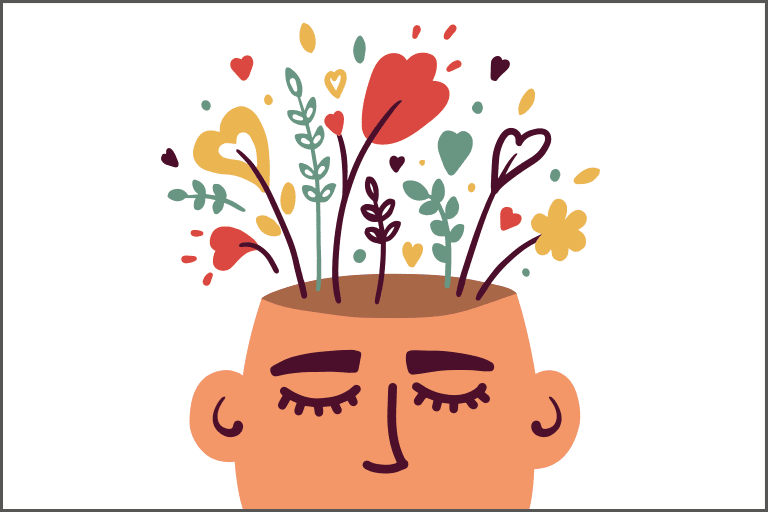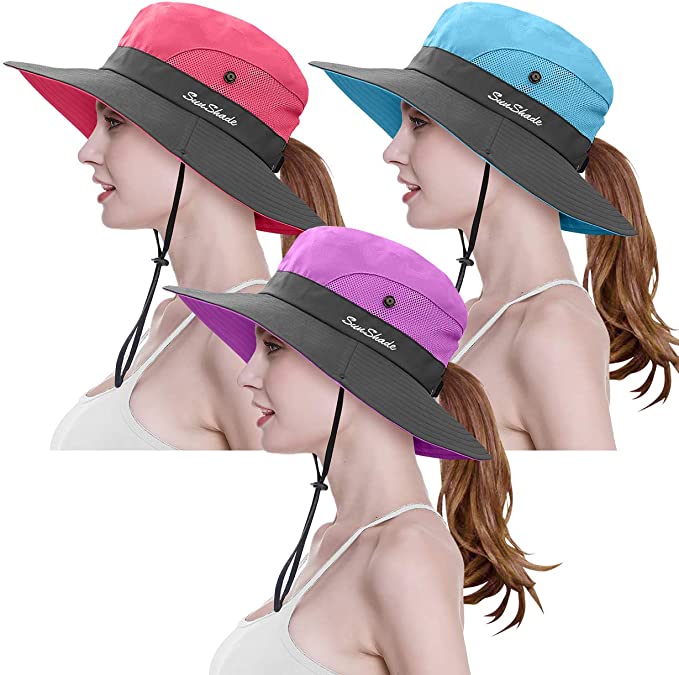
How to Cope with Challenging Days
By Carol Phillips
We all have days when life just doesn’t go the way we hoped. Whether we are juggling the demands of an overly busy day, dealing with unexpected problems at work, or struggling with the negative effects of an illness, our coping skills can be significantly challenged.
During these difficult times, our mental and physical health can easily decline. Our stress level is increased, our emotions feel out of control, and we struggle to think clearly; our heart races, our blood pressure climbs, and a headache isn’t far away. The direct and indirect negative consequences to our overall wellness are many.
How can we take control and turn a bad day around, so we can get to a better place?
Here are some coping strategies you can use to lighten the load:
Stop and breathe. Notice the times in life when you are literally sighing. This is your brain telling you it’s overwhelmed. Give in to the moment and stop to gather your thoughts. Take a deep breath, exhale, and remind yourself to slow down. This starts a wonderful chain reaction of your brain knowing you are focused on self-care and your stress, heart rate, and blood pressure are likely to decrease.
Remember what works best for you. Pause to ask yourself, “What are my strengths?†“What has helped me navigate through challenging days in the past?†“Do I need to get a good night’s sleep and deal with this problem when my batteries are recharged?†Tap into the tools you already possess to help you take control of the situation.
Exercise. There are countless benefits to exercise and one of them is helping us to think clearly and with a more positive mindset. Even if you only have time for a short workout, your brain is getting a break from whatever is stifling your day and your brain will also release the “feel-good†hormones that put us in a better place, mentally. Try to choose an activity you enjoy to help you move in an even happier direction.
Fill up on a healthy meal. Are you having a bad day, plus you’re hangry? That’s a lose–lose situation right there. Don’t become part of the problem. Our bodies know when we are taking care of ourselves and when we are getting the nutrition we need to feel mentally and physically fulfilled.
Use the power of positive thinking. Identify any negative thinking that will likely make it even harder to cope with a difficult situation. Ask yourself how much control you have in dealing with the situation. Regarding elements you can control, adopt a positive and powerful mindset to move forward. For challenges outside your control, you can control how you react and what coping mechanisms you can put in place.
Reach out to family and friends for support. Sometimes taking a few minutes to vent to a trusted source of support can make all the difference. In crisis situations, reach out for professional help. There’s always help available to you. Call or text 988 in an emergency. 988 is a suicide and crisis hotline. Getting in touch connects you with skilled providers who can find you help. People you don’t even know want you to have better days!
Don’t let the not-so-great days get the best of you and remember to give yourself the credit you deserve for soldiering on. The rainiest days in life are often followed by many days of bright sunshine!













